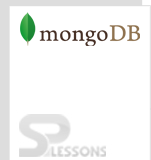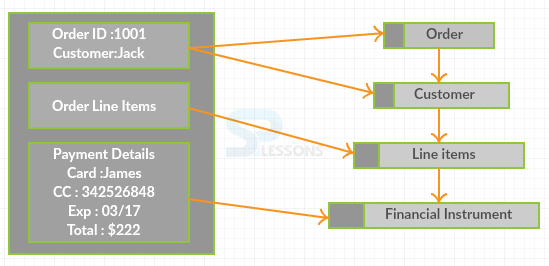 Description
Description
MongoDB contains data that has an versatile pattern and conflicting to database of SQL. From there the designer has to choose and report a table's composition before embedding information. The accumulations don't implement record format. MongoDB Data modelling contains reports and these reports with the same accumulation don't need the similar arrangement of structure or fields and these are the basic fields in an accumulation category that may carry out diverse sorts of information.
 Description
Description
The properties of design schema of MongoDB Data Modelling includes as follows:
- Based on client necessities design the schema.
- Joining items inside a single record for the purpose of utilising them or else remove them.
- Perform joins at the time of composing, not either on interpret.
- Advance the pattern for utter most incessant using conditions.
- Perform convoluted gathering in the concepts.
- Disk space is comparative to that of compute session then data become duplicate.
 Examples
Examples
The below example describes the collection of different post structures in MongoDB Data Modelling.
[c]{
_id: POST_ID
title: TITLE_OF_POST,
description: POST_DESCRIPTION,
by: POST_BY,
url: URL_OF_POST,
tags: [TAG1, TAG2, TAG3],
likes: TOTAL_LIKES,
comments: [
{
user:'COMMENT_BY',
message: TEXT,
dateCreated: DATE_TIME,
like: LIKES
},
{
user:'COMMENT_BY',
message: TEXT,
dateCreated: DATE_TIME,
like: LIKES
}
]
}[/c]
The above example, demonstrating the information. In which all the post has a single kind variables such as user, message, data created and like. And these post contain one or more labels which occurs in MongoDB Data Modelling process.
 key Points
key Points
- MongoDB Data Modelling - Contains data that has a versatile design and conflicting to database of SQL.




